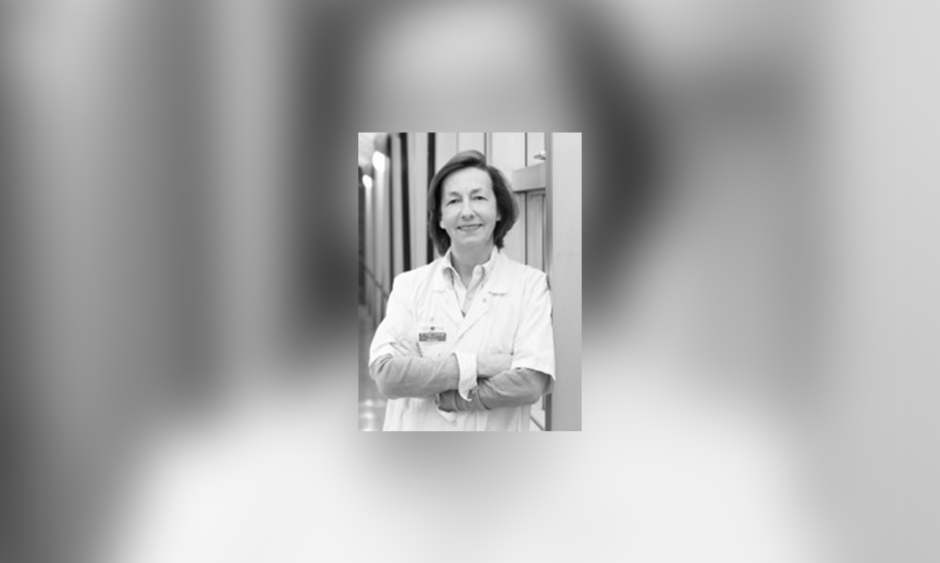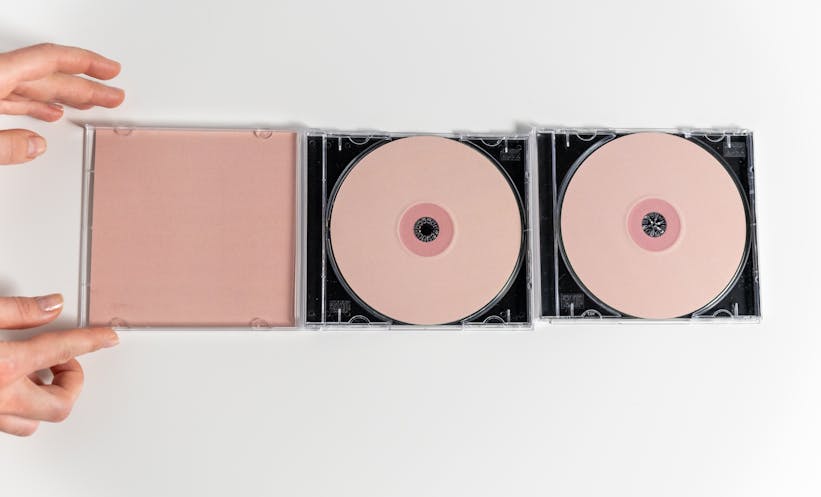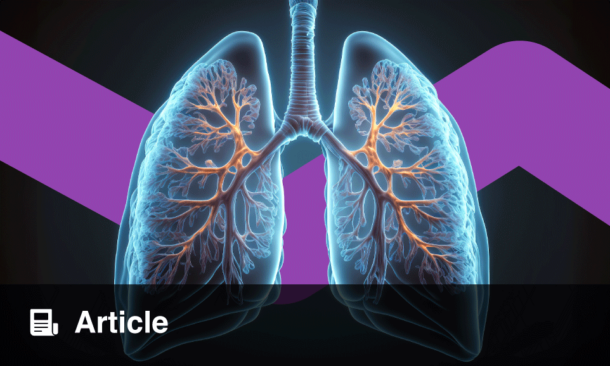Prof Valérie Vilgrain | Chair of Radiology Department at Beaujon University Hospital, Clichy, France
Professor of Radiology at University of Paris, Paris, France
Director of the European School of Radiology (ESOR) for the European Society of Radiology (ESR)
![]()
From the early stages of your career you have chosen to specialise in radiology, especially abdominal imaging. What is it about this specialty that interests you?
Actually I started a residency programme in internal medicine and neurology. Working with radiologists, I realised that the radiological specialty was most interesting, being in the middle of the diagnosis and often the treatment. Then I changed to a radiology residency.
In the late 1980s in France, there was already a trend to organ-based subspecialise. I chose abdominal radiology because it is a huge field with many issues: emergency, oncology, and interventional radiology. Since that time I am most happy working very closely with hepatologists, gastroenterologists, surgeons, and pathologists.
You have authored >450 research articles; which of these publications do you believe have had the biggest impact on radiology healthcare?
As a radiologist, there are not many articles that deeply change patient management. We mostly contribute by showing improvements in diagnostic or interventional procedures but few have massive impact on patient healthcare. I think my most important publication is related to the SARAH trial that compared the reference treatment (sorafenib) to interventional procedure (radioembolisation) in advanced hepatocellular carcinoma, published in 2017.¹ We showed no difference in overall survival but radioembolisation was better tolerated and had fewer adverse events.
In addition to your extensive research contributions, you have been a reviewer for many prominent journals, are an associate editor, have spoken at many international conferences, and are a member of several international societies. What do you consider to be your greatest achievement?
Having been invited to give honorary lectures at ECR, European Society of Gastrointestinal and Abdominal Radiology (ESGAR), and other international meetings were indeed great achievements. Besides, I still enjoy and learn a lot to serve as a reviewer or associate Editor in prominent journals.
As the Director of the ESOR, could you explain what its goals are for the field of radiology?
In radiology, as in the other medical specialties, education is key. The three main goals of ESOR, set at its inception in 2005, are still to assist in harmonising radiological education throughout Europe, by supporting the adoption and utilisation of the European Training Curricula; to build a genuine and firm interest in subspecialisation in radiology; and to raise the scientific profile in radiological education in Europe and around the globe.
Could you tell us about any exciting projects that are currently being organised by ESOR?
Briefly, ESOR delivers courses with a high level of interactivity combining lectures and workshops. There are different formats but the spirit is to bring education to those who need it. Two-thirds of the courses are in Europe and one-third are international in Asia and Central and Latin America.
Besides the courses, ESOR has a wide programme of scholarships and fellowships to give a unique opportunity to young radiologists, last year residents, or young fellows to have an in-depth experience in another academic centre. These programmes are open to European and non-European radiologists.
The slogan for ECR 2020 was ‘A Clear Vision for Radiology.’ What does the ESR hope that the key take-home message from the congress were?
Our medical specialty, like others, might significantly change in the future. We should, as the largest radiological Society in the world, envision the future and prepare the new generations to be major players in medicine. Indeed, education is the driving force.
An overarching theme of ECR 2020 was artificial intelligence. Over the years that you have been practising as a radiologist, how have you seen the field change in terms of advancements to the technology of medical imaging?
In our clinical practice, changes are limited nowadays. Yet the active research will certainly bring breakthroughs in the near future in many ways such as workflow, examination acquisition, and patient pathway.
What are your aspirations for the future of radiology, and what is the most important lesson you have learnt so far in your career?
Radiology is often seen as a technical medical specialty and indeed it has changed fast these last decades. In the meantime, as radiologists we are more and more involved in the patient pathway being major stakeholders during tumour boards. My aspirations are to continue in these two directions and to remain patient-centred.








